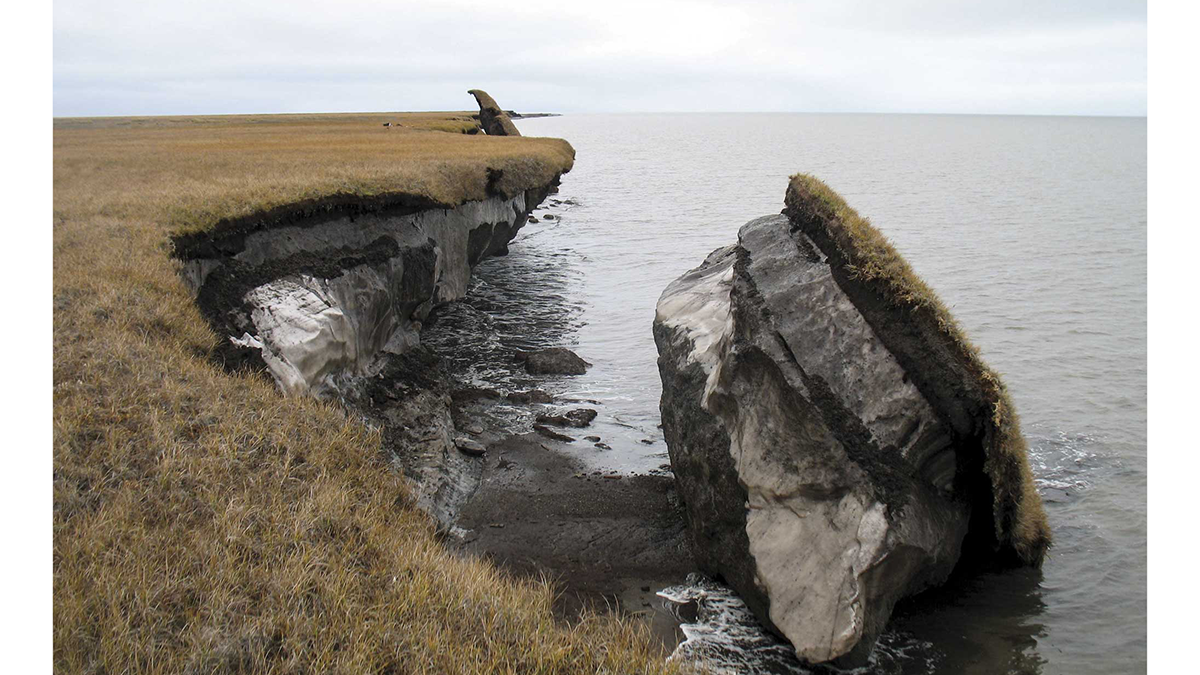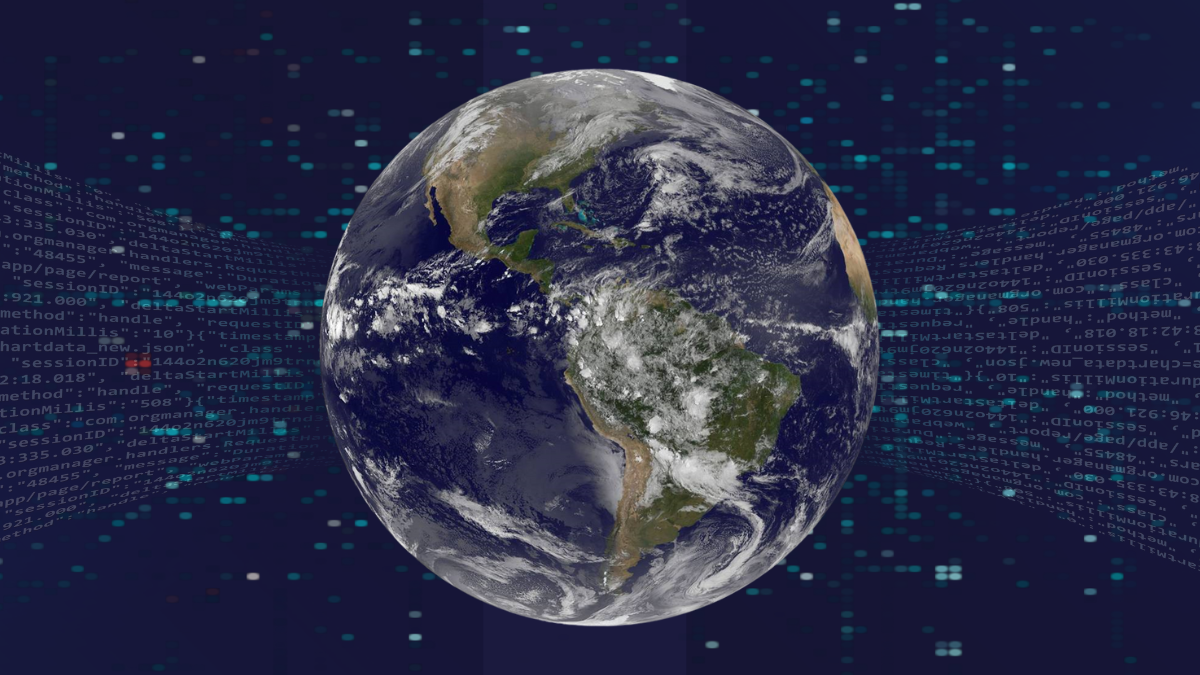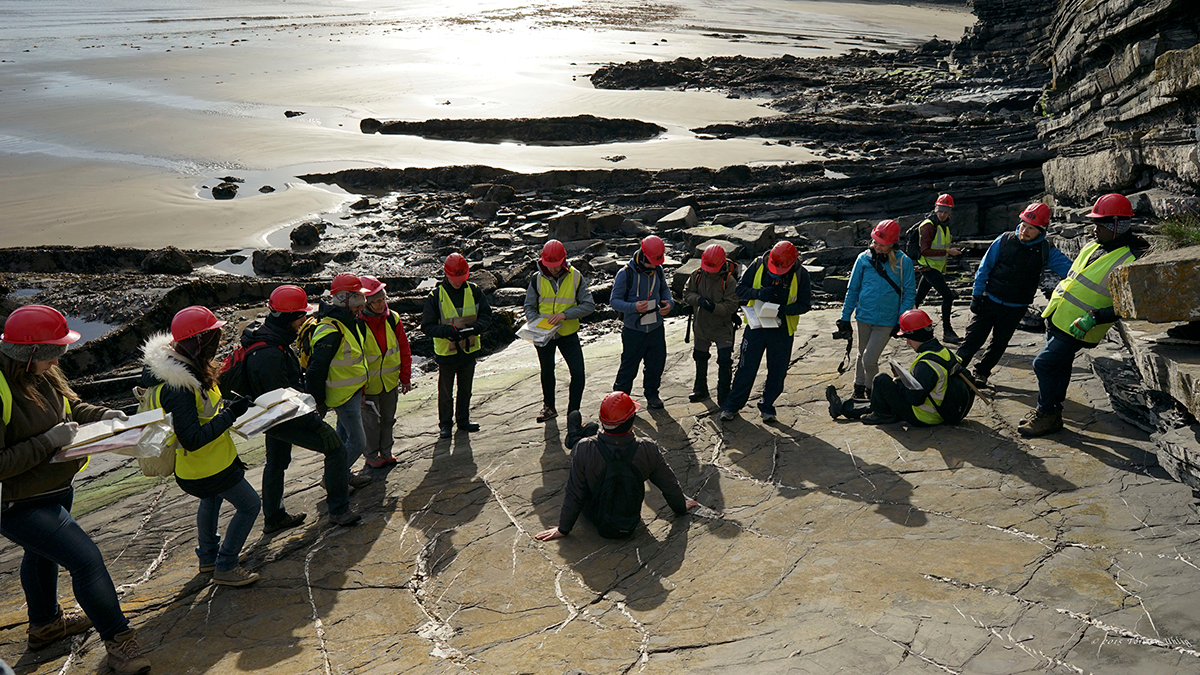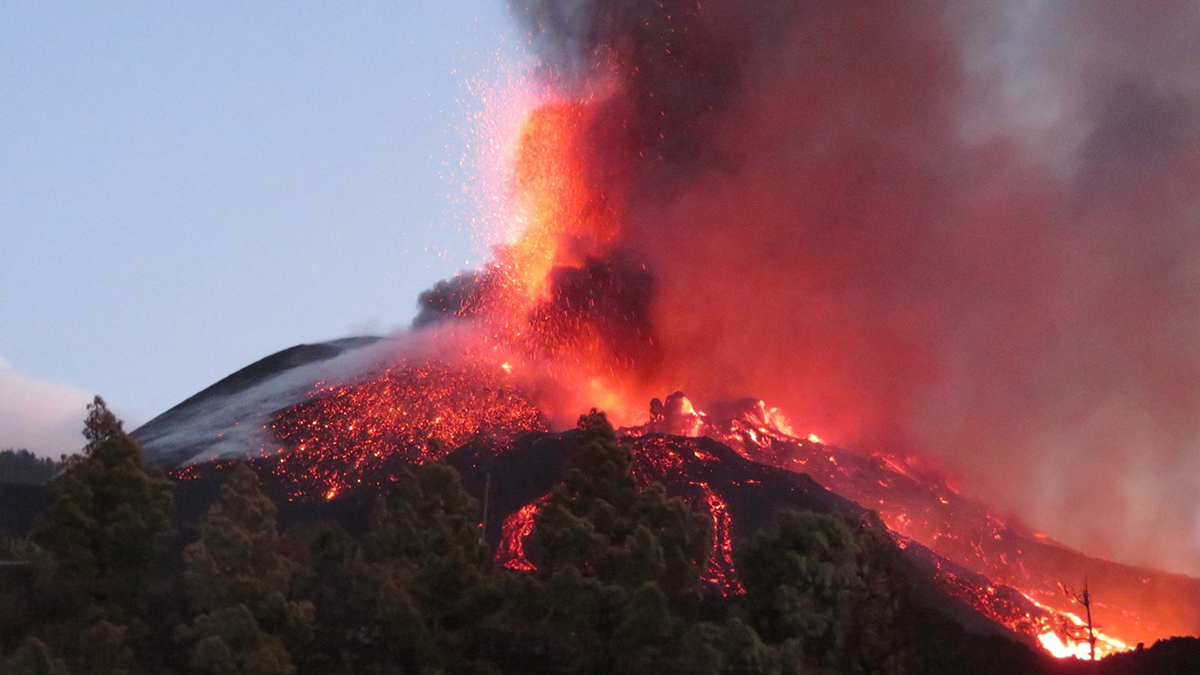AGU continues its commitment to equitable open science by converting Water Resources Research to a fully open access journal in 2024, with robust funding support for publishing fees.
Editors’ Vox
Danger in the Dust! The Hazards of Windblown Dust
Airborne dust not only causes disease, it also menaces transportation on land, sea, and air; disrupts renewable energy systems; transports pathogens and toxic substances; and poses many other hazards.
Introducing the New Editor in Chief of JGR: Atmospheres
Find out about the person taking the helm of JGR: Atmospheres and her plans for taking the journal forward in the coming years.
Heat Waves: A Growing Threat to Society and the Environment
With heat waves expected to worsen in the 21st century it is essential to take stock of our current understanding, knowledge gaps, and to set research priorities.
Using Cave Formations to Investigate Ancient Wildfires
From sediment cores to speleothems, environmental archives are helping us to understand the history of wildfires.
Demographic Data Support Inclusive and Equitable Publishing
AGU aims to increase inclusion in publishing. We need to have good data to show where we are and track our progress. Please help us by updating your profile today.
What We Know and Don’t Know About Climate Tipping Elements
As climate change continues, parts of the Earth system such as ice sheets, frozen soils, or the Amazon rainforest could shift—some quickly, some slowly—after crossing key thresholds or tipping points.
How Big Data is Helping Environmental and Climate Research
A new special collection invites papers focusing on the processing, modeling, and analysis of all types of big datasets in the Earth and space sciences, including the influence of solar forcing on Earth’s climate.
Geoscientists Make a Difference
A new special report demonstrates that geoscientists’ knowledge, skills, and competencies can be used to advance every one of the United Nations Sustainable Development Goals.
Quantification of Subaerial Volcanism and its Products
Researchers estimate the mass of volcanic products that erupted above sea level from 1980 to 2019 by volcanoes worldwide and the average eruptive rates of each magmatic province.










